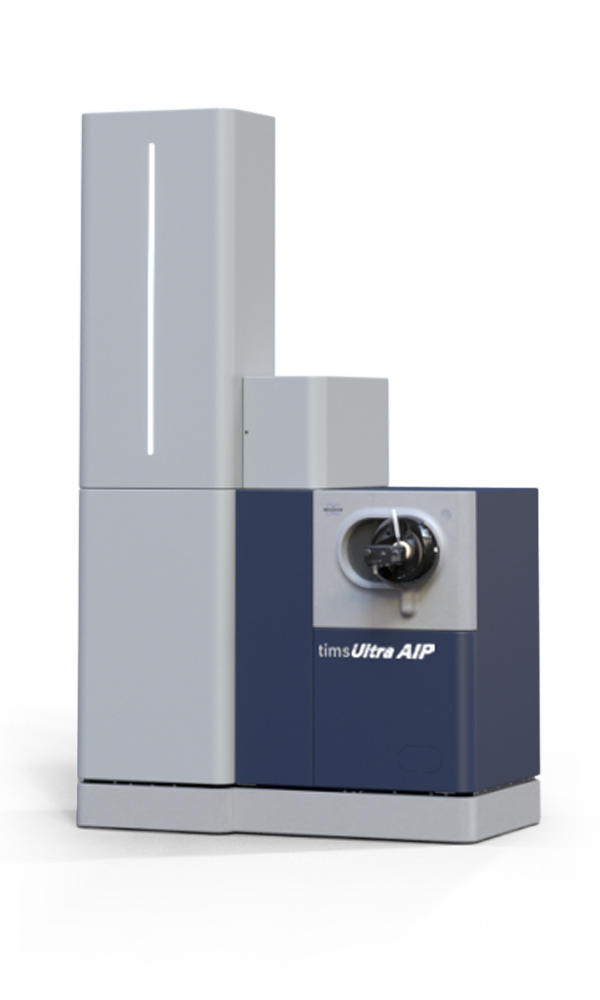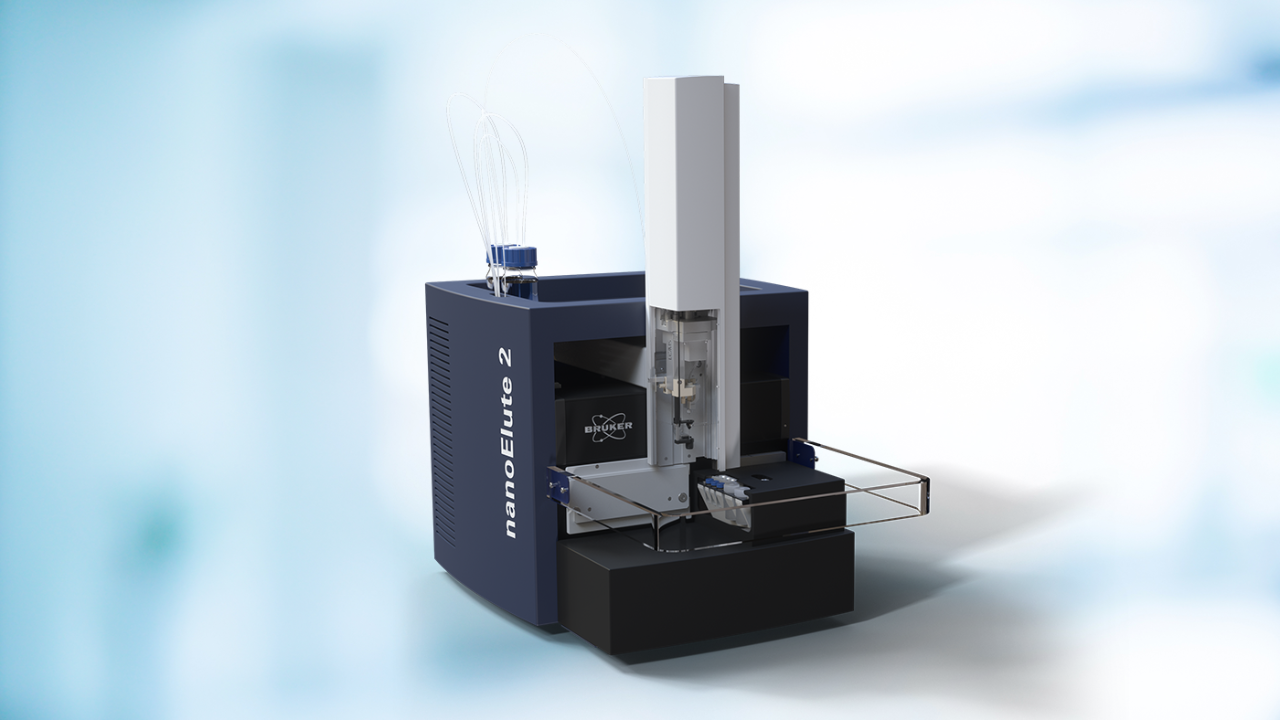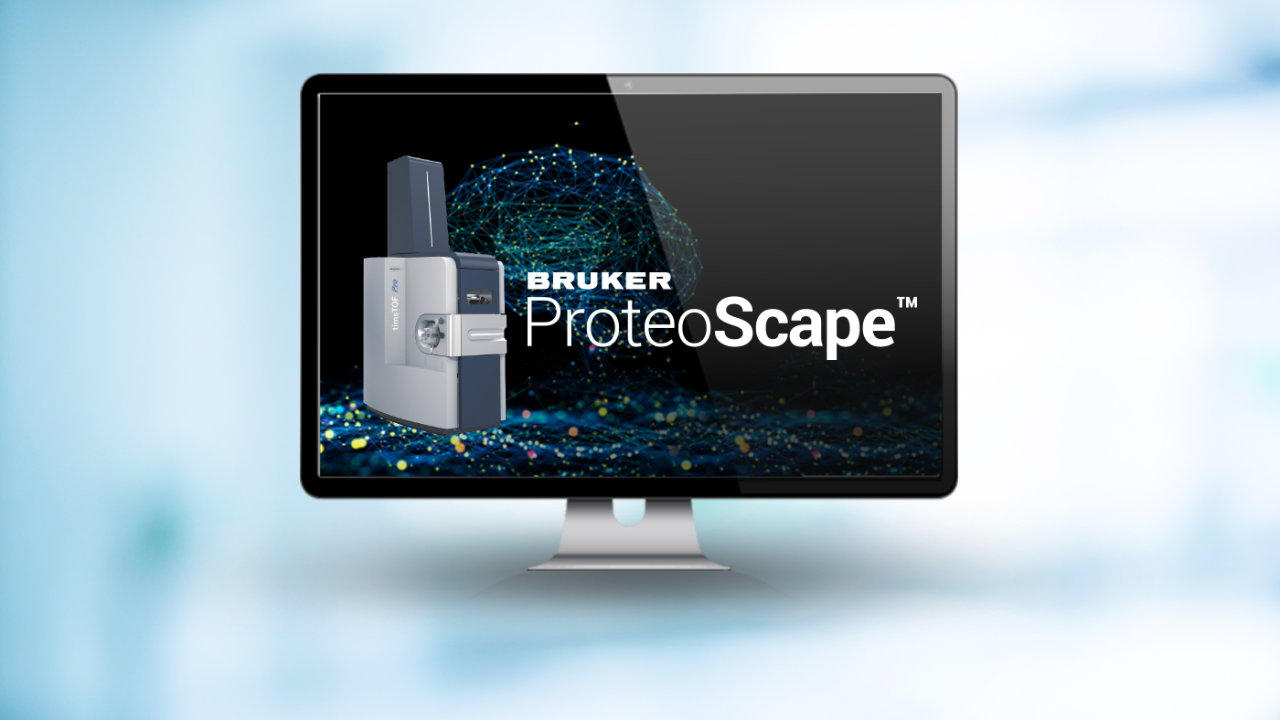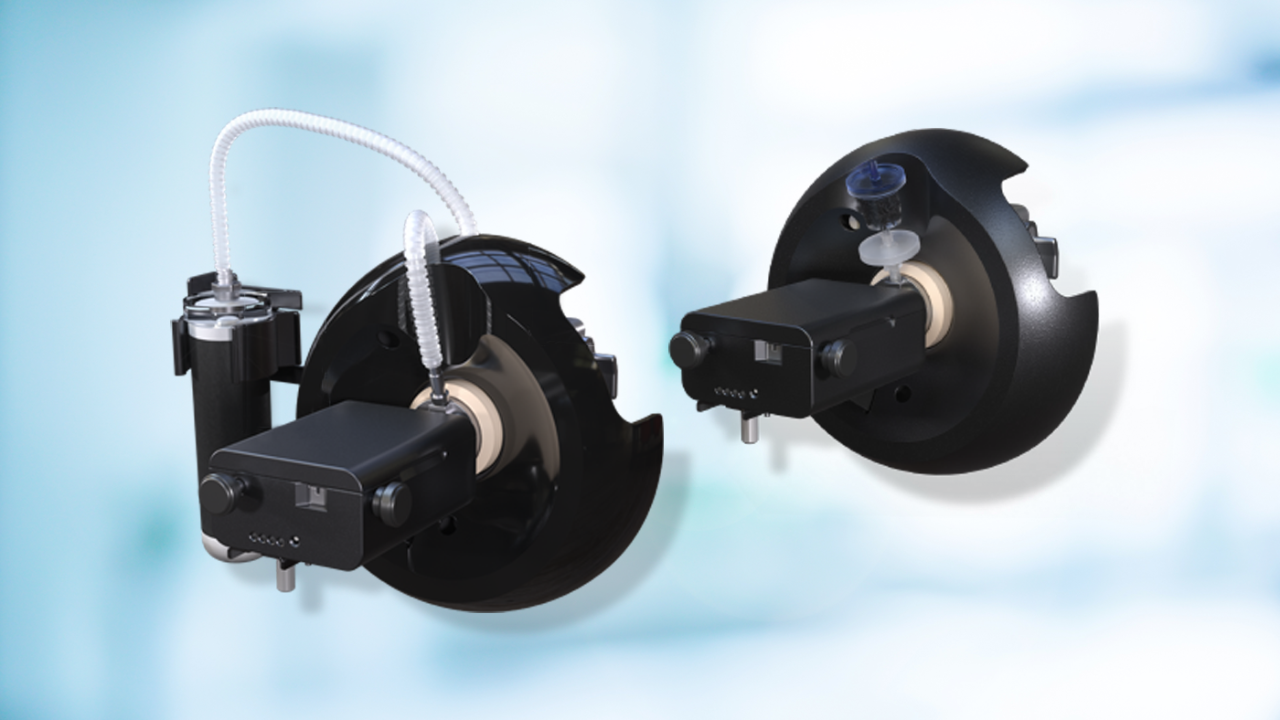timsUltra AIP
Triumph in proteomics with speed and superior resolution
Upgrade your research platform for continuous innovation
We recognize the inherent duality of research investments: opportunity and risk. Embracing innovation's dynamism, we prioritize upgradable research platforms. This commitment fosters sustainability and empowers researchers to navigate the ever-evolving landscape.
Our upgradable platform seamlessly integrates the latest advancements, keeping your projects at the forefront of discovery. It grants researchers the flexibility to choose the optimal moment to leverage these advancements, maximizing the impact of their work and aligning perfectly with their research goals.
“With the new timsUltra AIP, we are able to gain much deeper proteomics insights into particularly challenging to study single cardiomyocytes. The sensitivity, throughput, and robustness of timsTOF enables us to gain novel insights into cardiovascular diseases.”
Jennifer van Eyk, Ph.D., Director of Basic Science Research in the Barbra Streisand Women’s Heart Center and Professor of Cardiology at Cedars-Sinai, Los Angeles, CA, USA
Unmatched sensitivity for groundbreaking research
Leveraging next generation timsTOF technology: The timsUltra AIP (Athena Ion Processor) features a novel ion processor that delivers over 2x signal improvements, enhancing sensitivity and enabling deep-proteome analysis from even minimal sample input. The programmable AIP allows tailored transfer-mass ranges, focusing on information-rich areas for limited sample amounts, or broad ranges for top-down or glycoproteomics experiments, further reinforcing the system’s versatility, powered by the combination of TIMS and ICC 2.0 (Ion charge control 2.0).
Dive Deeper with Ultimate Flexibility: From large scale studies to smallest single cells, see more with timsUltra AIP. Uncover previously unseen peptides extracting crucial information that was once undetectable. timsUltra AIP redefines what's possible in your lab, propelling your research to new heights.
Every Cell Counts, Every Peptide Matters: The timsUltra AIP transcends conventional limitations, opening doors to new scientific possibilities. Whether it's single cell proteomics, immunopeptidomics, or plasma proteomics, the timsUltra AIP delivers the speed, depth, sensitivity and robustness researchers need to push the boundaries and achieve groundbreaking results. The system features controlled release of ions from the collision cell, optimizing spatial distribution of fragments and significantly improving fragment ion signal for every application. The CaptiveSpray Ionization Source (CSI) is optimized with gas flow for higher ion current and sensitivity. PASEF® melodies offer full support of all PASEF® modes, including diagonal-PASEF® exclusive on the TIMS platform. ICC 2.0 (Ion charge control 2.0) allows for more leniency in sample loadings and a more user-friendly experience.
Deeper protein identification with Bruker ProteoScape™
Maximize your identification depth and throughput with the new capabilities of Bruker ProteoScape™, our Run & Done database search platform. TIMScore™ and TIMS DIA-NN leverages the power of the CCS for more accurate protein identification on the fly. Additionally, Bruker ProteoScape™ provides seamless integration with Spectronaut® 20, granting access to DirectDIA+ and enabling powerful diagonal-PASEF® workflows.
The timsUltra AIP: Unmatched performance for deep proteome analysis
The third generation of timsTOFs is all about increasing sensitivity and flexibility without compromising robustness. Using the innovative Athena Ion Processor the timsUltra AIP enables highest flexibility and pushes the boundaries of sensitivity even further.
Experience the power of timsUltra AIP
With the timsUltra AIP, robust and highly sensitive mass spectrometry becomes your indispensable tool for exploring phenotypes within heterogeneous cell environments. Unravel the secrets of cancers and shed light on other diseases with complementary information to single cell genomics and transcriptomics. Decipher heterogeneity to deepen your understanding of biological processes, cell-cell communication, and enhance therapeutic options.
Discover a new era of single cell proteomics
Unleash the full potential of single cell proteomics with timsUltra AIP. Decipher tissue and cellular complexity like never before. Gain a comprehensive understanding of unique phenotypes within diverse cell populations, and revolutionize the perception of diseases and their underlying mechanisms.
Illuminate the path to progress
Propel your research by harnessing the power of advanced mass spectrometry, and drive transformative breakthroughs in proteomics with the timsUltra AIP. Unlock cellular mysteries, transcend conventional understanding, and shape a future where improved therapies become a reality.
Witness cells in a whole new light. Revolutionize your approach to proteomics and unlock the secrets of cellular complexity for a brighter tomorrow.
"The AIP upgrade delivers a 3-fold sensitivity gain for peptide fragment ions, which bolsters peptide sequence identification and enables proteomic analysis at a new level of sensitivity.”
Nikolai Slavov, Ph.D., Professor, Bioengineering, Director, Single-Cell Proteomics Center, Northeastern University, Founding Director, Parallel Squared Technology Institute, Boston, MA, USA
Unleashing the potential of TIMS and PASEF®-based metaproteomics in microbiome research
Microbial communities play a crucial role in planetary health, impacting the well-being of humans, animals, and plants, and driving interventions for acute and global issues. As microbiome research expands and influences legislation, economics, and societal behavior, it is essential to go beyond taxonomical characterization and delve into the functional dynamics and environmental interactions of these communities. Metaproteomics has emerged as a powerful approach to gaining this understanding.
Discover the advantages:
- Unparalleled peptide and protein identification: Utilize the ion mobility dimension of TIMS and PASEF® to identify and quantify an unprecedented number of peptides and proteins in the mouse gut microbiome and host with exceptional accuracy (CV <20%).
- Comprehensive taxonomical and functional profiling: Achieve profiling depths that rival or surpass commonly used genomic approaches, enabling comprehensive insights into both the taxonomical and functional aspects of microbial communities.
- Sensitivity and efficiency: Experience remarkable sensitivity gains, allowing analysis with minimal sample amounts, while accelerated analysis using short gradients is made possible by the incredible speed of PASEF®.
“We live in a microbial world, where trillions of microorganisms shape the health of every ecosystem. Yet the protein-level signatures that reflect bacterial activity remain largely elusive due to sensitivity limitations. With the new AIP system, we can now detect bacterial peptides in the sub-picogram range, reflecting the level of a single bacterium’s proteome — a major leap in sensitivity. This enables to explore microbial life in unprecedented detail, unlocking new possibilities for understanding functional diversity of microorganisms.”
David Gómez-Varela, Ph.D., Systems Biology of Pain, Division of Pharmacology and Toxicology, University of Vienna, Vienna, Austria
Advancing plasma proteomics with higher flow rates
Plasma proteomics plays a vital role in disease diagnosis and therapy, offering a comprehensive view of the proteome. To enable reliable identification and monitoring of biomarkers in large cohort studies, it is essential to leverage population-wide screening technologies. The integration of robust µ-flow and normal flow chromatography with timsUltra AIP, powered by VIP-HESI, provides an unparalleled combination of robustness, speed, reproducibility, sensitivity, and sample throughput.
Key features:
- Robust electrospray technology enables up to 5000 LC/MS runs, providing exceptional longevity.
- Achieve 3x signal gain at a flow rate of 50 µL/min with the 50 µm sprayer, ensuring optimal sensitivity.
- Effortlessly replace the standard VIP-HESI sprayer with a convenient drop-in replacement for seamless integration.
- Experience efficient peptide detection and quantitation in under 10 minutes per sample with our 4D-Proteomics™ approach.
- Benefit from increased column lifetime, reducing maintenance and replacement costs.
- Elevate your plasma proteomics research with our advanced solution, optimized for higher flow rates. Benefit from exceptional robustness, sensitivity, and throughput, empowering you to unravel the complexities of plasma proteomes and accelerate discoveries in disease diagnosis and therapy.
For Research Use Only. Not for use in clinical diagnostic procedures.











